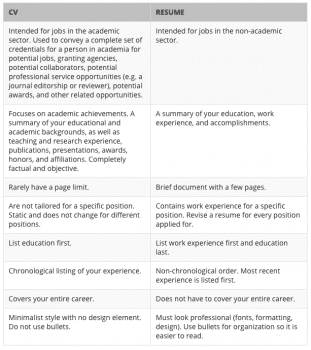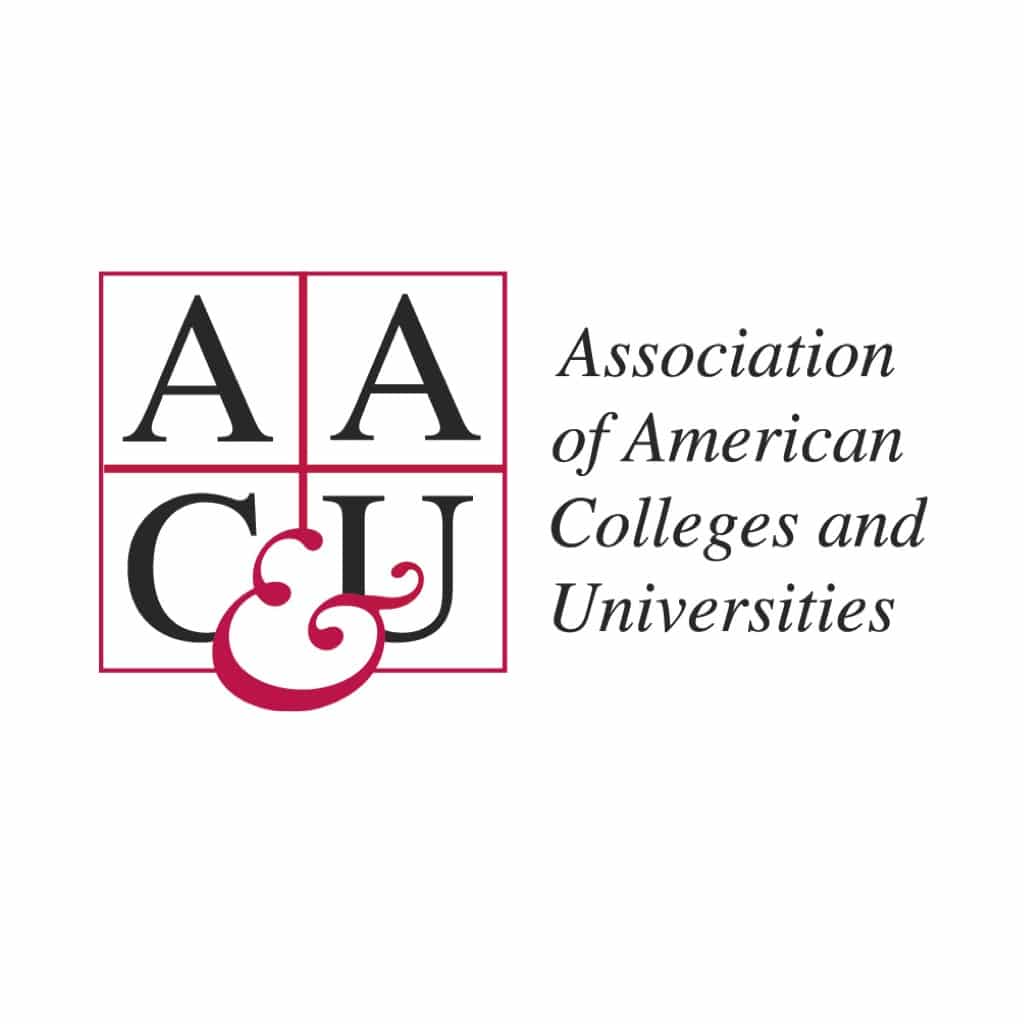By now, the flooding of the academic job market with job-seekers is old news. While a search is open, the department gets dozens—often hundreds—of applications, and still more scholars are trying to stuff their CVs through the door as it closes.
Tag: Topics in Higher Education
A second major topic coming out of the January 21, 2016 AAC&U session concerned what the nature and expectations of faculty positions really ought to be, considering existing institutional business models and those of the foreseeable future. Continue reading “AAC&U 2016 session notes, part 2: new kinds of faculty jobs”
Content originally published on data180.com. Learn more about Interfolio’s acquisition of Data180 here.

Many in the world of academia, especially those new to the field, often wonder if the terms CV (Curriculum Vitae) and resume be used interchangeably. If an institution requests a resume for an open job position, do they really mean a CV? Both CVs and resumes are generally used for the same reason – seeking employment.
So is there a difference between a CV and a resume? In the United States, resumes are normally used when applying for a job opening that is not an academic position, whereas a CV is used for positions in academics. Regarding the structure of these documents, the major differences are the purpose, the length, and the layout.
Following is specific information stating the differences between a CV and a resume, including how they should be used, the content, and structure of these documents.

Content originally published on data180.com. Learn more about Interfolio’s acquisition of Data180 here.
Content originally published on data180.com. Learn more about Interfolio’s acquisition of Data180 here.

Assisting faculty members in integrating information technology (IT) into their institution was the top IT priority for colleges and universities in 2014, according to survey results discussed by D. Frank Smith in the November 14 edition of EdTech.
The annual survey, completed by the Campus Computing Project, contains input from IT professionals at 470 colleges and universities about the direction IT is going in higher education.
Following are the results of the survey:
- Assisting faculty integrate IT into the institution (81 percent)
- Hiring and retaining qualified IT staff (76 percent)
- Providing adequate user support/Leveraging IT for student success efforts (tied, 74 percent)
- Implementing and supporting mobile computing/Upgrading IT security (tied, 69 percent)
- Supporting online education (66 percent)
- Data analysis and managerial analytics (55 percent)
- Professional development for IT personnel (54 percent)
- IT business continuity and disaster planning (53 percent)
- Financing the replacement of aging IT (51 percent)
- Supporting bring-your-own-device efforts (48 percent)
The results of the survey are similar to those of the 2013 survey.
According to the Kenneth C. Green, of the Campus Computing Project, implementation of technology has become a challenge for many higher education institutions, possibly due to an ongoing weakness in long-range planning for IT security on many campuses. IT professionals also stated that poor user support is a problem for many, Green says.
The full article in EdTech is available here: http://www.edtechmagazine.com/higher/article/2014/11/top-10-priorities-driving-campus-it-2014#TKWoLTAHAkUh01cV.97
Content originally published on data180.com. Learn more about Interfolio’s acquisition of Data180 here.
Recently, an Interfolio user tweeted at us about the options we provide for gender in the Equal Employment Opportunity (EEO) questionnaires in ByCommittee, our platform for faculty hiring. Continue reading “Adding space for non-binary answers about gender”


